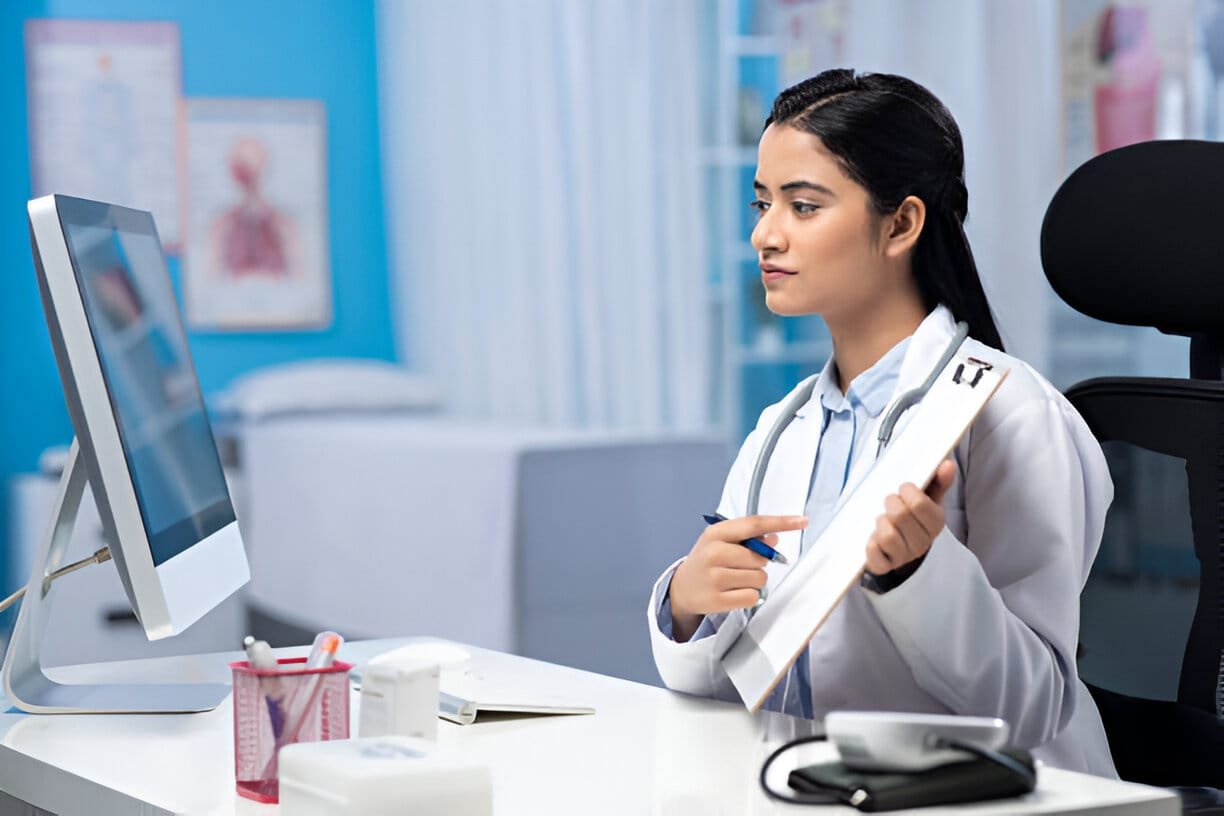Expert Advice

Telemedicine and remote monitoring have emerged as invaluable tools in the field of geriatric cardiology, revolutionising the way cardiovascular care is delivered to older adults. These technologies offer numerous benefits, including increased access to specialised care, enhanced disease management, and improved patient outcomes. In the context of geriatric cardiology, where older adults often face mobility challenges and multiple chronic conditions, telemedicine and remote monitoring hold great promise.
Many older adults face barriers to accessing specialised medical care, especially in cases where they live in rural or underserved areas. Elderly patient’s who face mobility issues also face accessibility issues. Telemedicine bridges this gap by allowing geriatric cardiology experts to provide consultations, assessments, and recommendations remotely. Patient’s can receive high-quality care without the need to travel long distances, making it easier for them to manage their cardiovascular health.
Geriatric cardiology often involves the management of complex chronic conditions, such as hypertension, heart failure, and arrhythmias. Remote monitoring technology enables healthcare providers to track patient’s vital signs, such as blood pressure, heart rate, and oxygen levels, in real time. These devices are equipped with sensors and wearable technology that can alert healthcare providers to any sudden changes in a patient’s condition. For instance, if a patient’s heart rate becomes irregular or their blood pressure spikes, the healthcare team can be notified immediately. This proactive approach allows for timely interventions and reduces the risk of hospitalizations.
Older adults often take multiple medications to manage their cardiovascular conditions. Telemedicine platforms provide a means for healthcare providers to review medication regimens, offer adjustments, and address any potential interactions or side effects. This real-time communication enhances medication adherence and reduces the risk of adverse events.

Adopting a heart-healthy lifestyle is crucial for managing cardiovascular conditions. Telemedicine enables healthcare providers to deliver personalised guidance on diet, exercise, and stress management directly to patient’s homes. This approach empowers older adults to make sustainable lifestyle changes that positively impact their cardiac health.
Educating older adults about their cardiac conditions and self-care strategies is vital. Telemedicine platforms facilitate interactive educational sessions where patient’s can ask questions, receive explanations, and better understand their conditions. This knowledge empowers them to actively participate in their care and make informed decisions.
Many older adults rely on family members or caregivers for support. Telemedicine enables caregivers to be part of virtual appointments, enhancing communication and ensuring that the patient’s care is well-coordinated. Caregivers can also learn about the patient’s condition and contribute to their overall well-being.
Follow-up appointments are crucial for monitoring the progress of cardiac conditions. Telemedicine allows for regular check-ins without the inconvenience of travel. This approach encourages consistent engagement with healthcare providers, leading to better disease management and improved outcomes.
Telemedicine enables the delivery of true 21st-century geriatric cardiac treatment by transcending physical boundaries and making exceptional care accessible to a larger demographic.